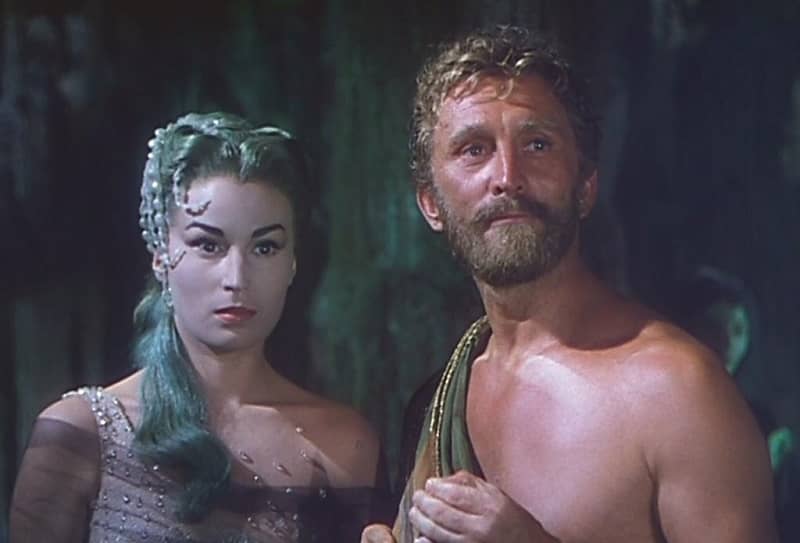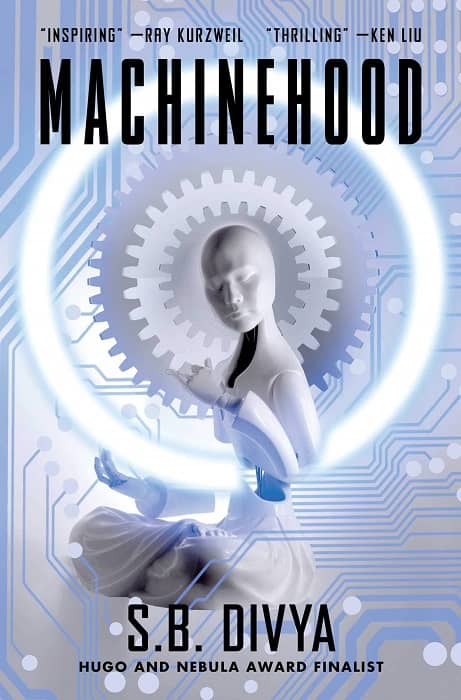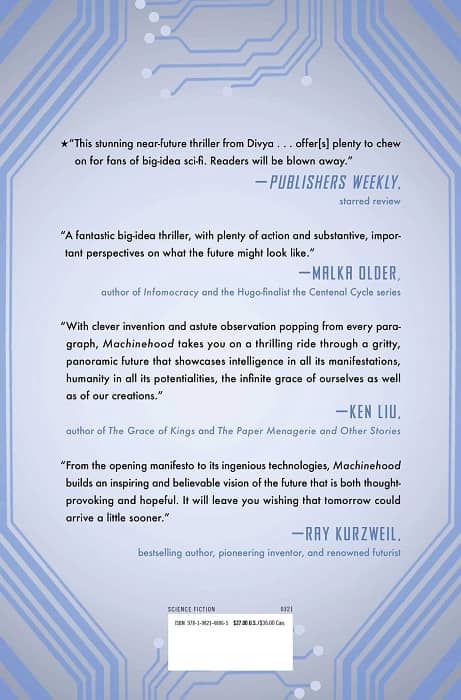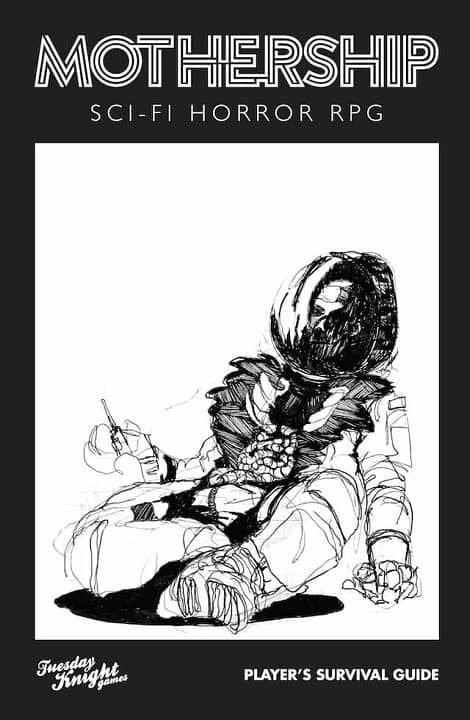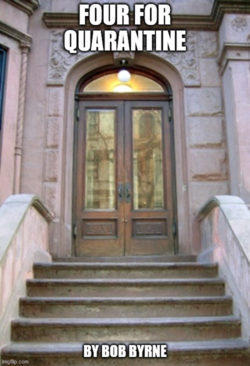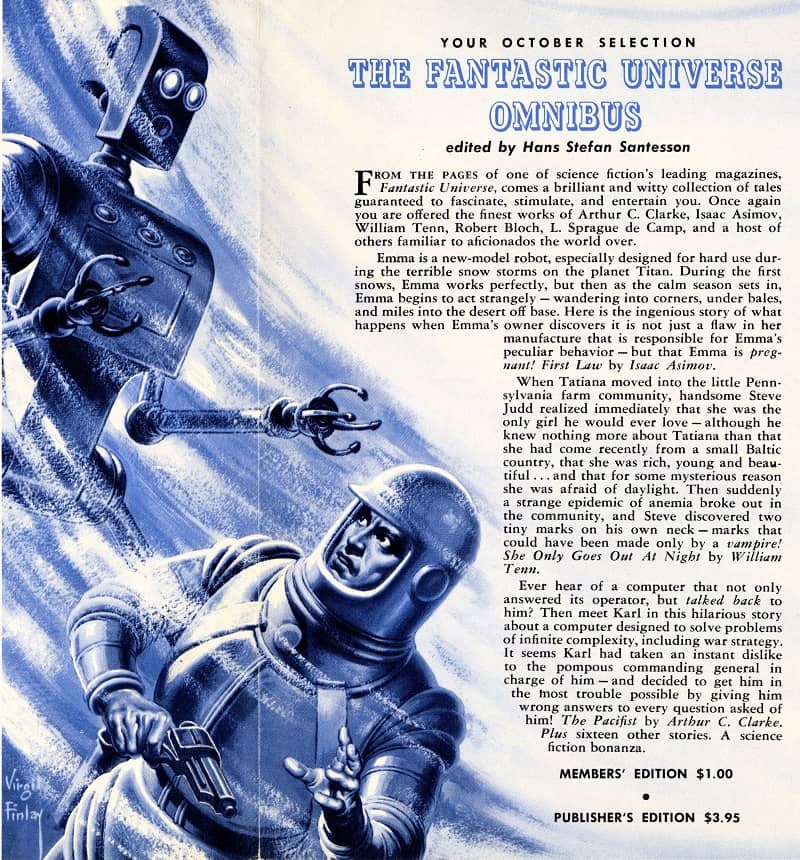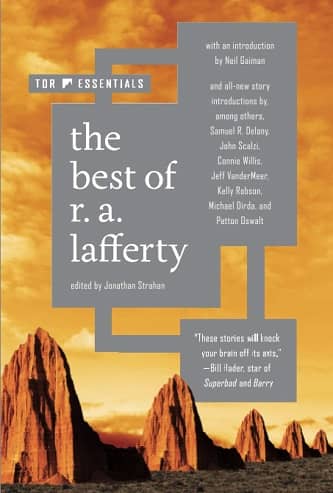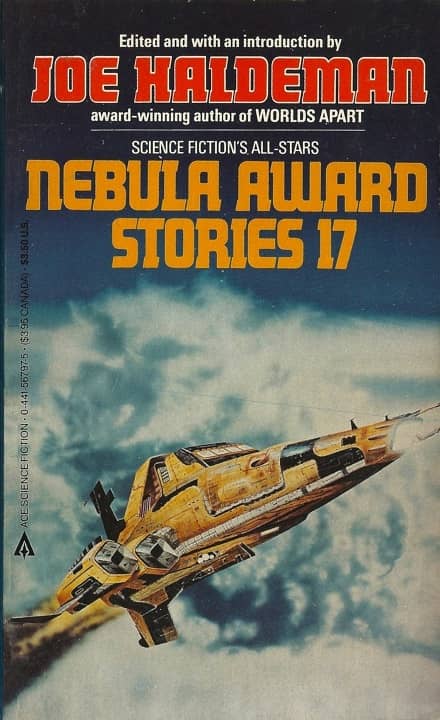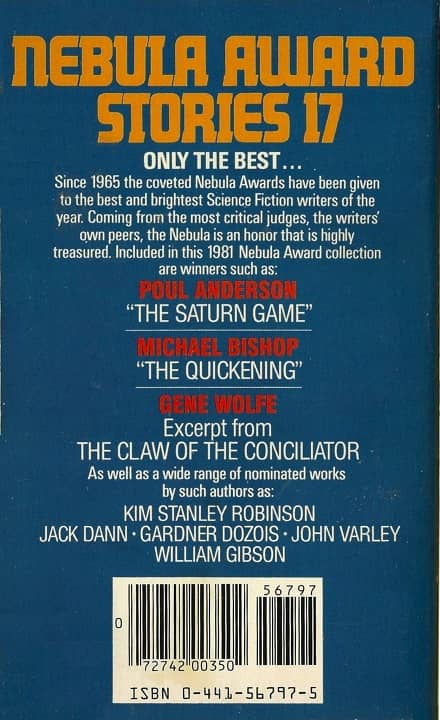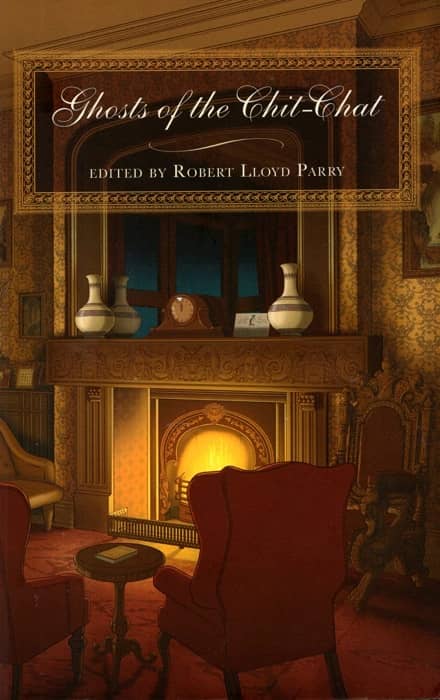Ellsworth’s Cinema of Swords: Classic, Mythic, and Epic
Silvana Mangano and Kirk Douglas in Ulysses (1954)
Ryan Harvey has written extensively here about the peplum movie or Italian sword-and-sandal craze of 1959-65, a phenomenon that had an immediate origin in three films: Ulysses, which showed that there was a postwar Italian market for adventure films from the era of myth; Hercules, which proved you could make such a movie popular on both sides of the Atlantic; and Hercules Unchained, which demonstrated there was a formula for repeated success. These were well-crafted movies that aimed much higher than most of their successors and provided solid, and occasionally even thoughtful entertainment. If you’re unfamiliar with them I’m pleased to introduce you, and if they’re old friends you can join me in appreciation.
Ulysses
Rating: ****
Origin: Italy, 1954
Director: Mario Camerini
Source: Lionsgate DVD
Kirk Douglas made his reputation in Hollywood in the late Forties as a leading man in a series of intense, dramatic roles. By 1954 he was ready for a change of pace: action hero! He signed on with Disney for 20,000 Leagues Under the Sea and with Dino De Laurentiis in Italy for the epic Ulysses, based, of course, on Homer’s The Odyssey. This was a big-budget production, with lavish sets, exteriors shot on Mediterranean islands, and a lovely full-scale Greek galley. Plus, of course, a cyclops.
